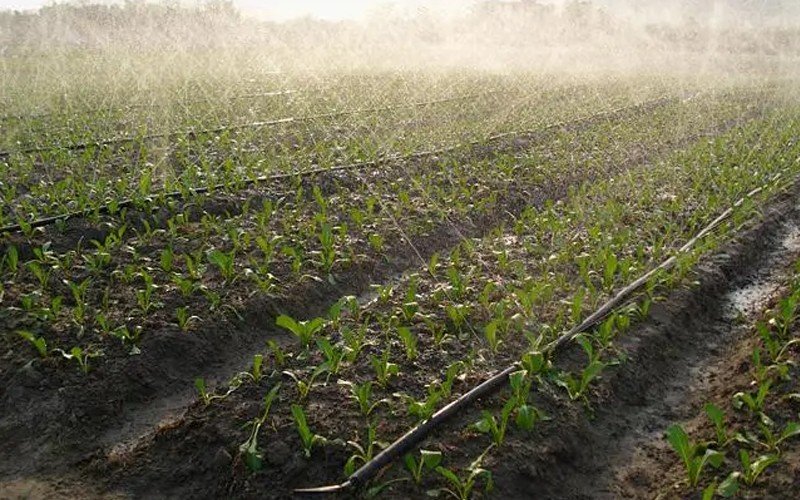
Irrigating crops at noon can have certain disadvantages due to the specific environmental conditions during that time of day. Here are some potential drawbacks:

1. Increased Evaporation: Irrigating at noon exposes water to high temperatures and intense sunlight, leading to increased evaporation rates. The water applied to the crops may evaporate before it has a chance to penetrate the soil and reach the plant's root zone. This results in inefficient water usage and can lead to water wastage.
2. Water Loss Due to Wind: Wind speeds tend to be higher during the day, particularly in some regions. When irrigating at noon, the combination of wind and water application can result in significant water loss due to wind drift. The water may not reach the intended target area and may be dispersed away from the crops, leading to ineffective irrigation and potential water wastage.
3. Increased Stress on Plants: The high temperatures during noon can put additional stress on plants, particularly if they are already experiencing water stress. Applying water during this time may not provide the relief that the plants need, as the water may evaporate quickly or be lost to wind drift. This can potentially exacerbate plant stress and impact crop health and productivity.
4. Risk of Foliar Diseases: Irrigating crops during noon, especially when the foliage is wet, can create favorable conditions for the development of foliar diseases. Moisture on the leaves combined with high temperatures can promote the growth of pathogens, leading to diseases such as fungal infections. It is generally recommended to avoid wetting the foliage during high-temperature periods to minimize disease risks.
5. Inefficient Water Use: The combination of high evaporation rates, wind drift, and potential plant stress during noon irrigation can result in inefficient water use. Water may not reach the root zone effectively or may be lost to evaporation and wind before being utilized by the crops. This inefficiency can lead to higher water requirements, increased irrigation costs, and potentially lower crop yields.
Given these disadvantages, it is generally recommended to avoid irrigating crops at noon and instead opt for early morning or late evening irrigation when temperatures are lower, evaporation rates are reduced, and wind speeds are typically calmer. However, it is essential to consider the specific conditions of your region, crop type, and irrigation system when determining the optimal irrigation timing for your farm.
Instead of pvc hose